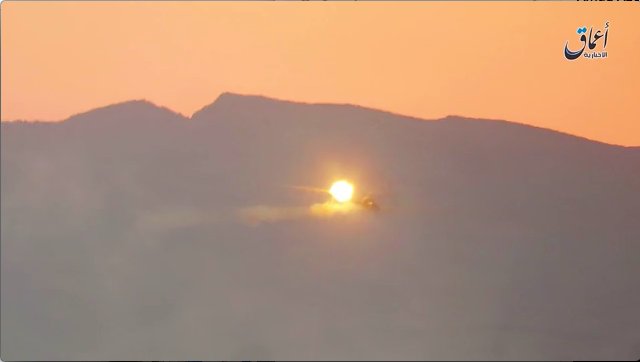The skies over Syria are quite dangerous.
On Jul. 9, a Russian Mi-35M helicopter was shot down by Daesh east of Palmyra the Russian MoD reported.
The gunship was flying a mission in support of the loyalist forces along with an Mi-24P Hind when it was hit by anti-aircraft fire and crashed into the ground killing the two crew members.
According to the latest reports, Daesh and rebels have grown their anti-aircraft capabilities by means of SAM (Surface to Air Missile) systems and MANPADS.
The Syrian regime has lost several aircraft due to anti-aircraft weaponry since the beginning of the uprising.















